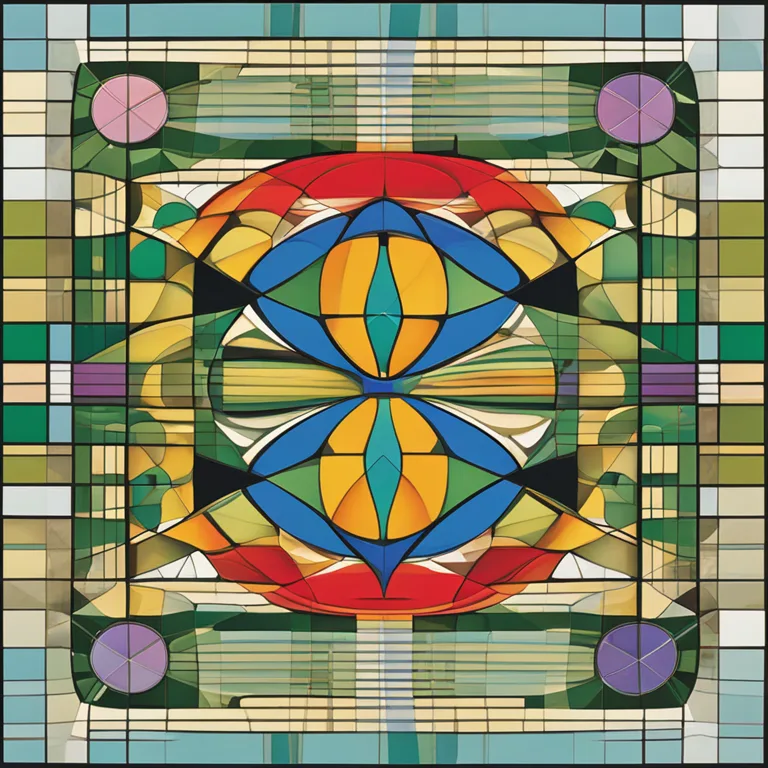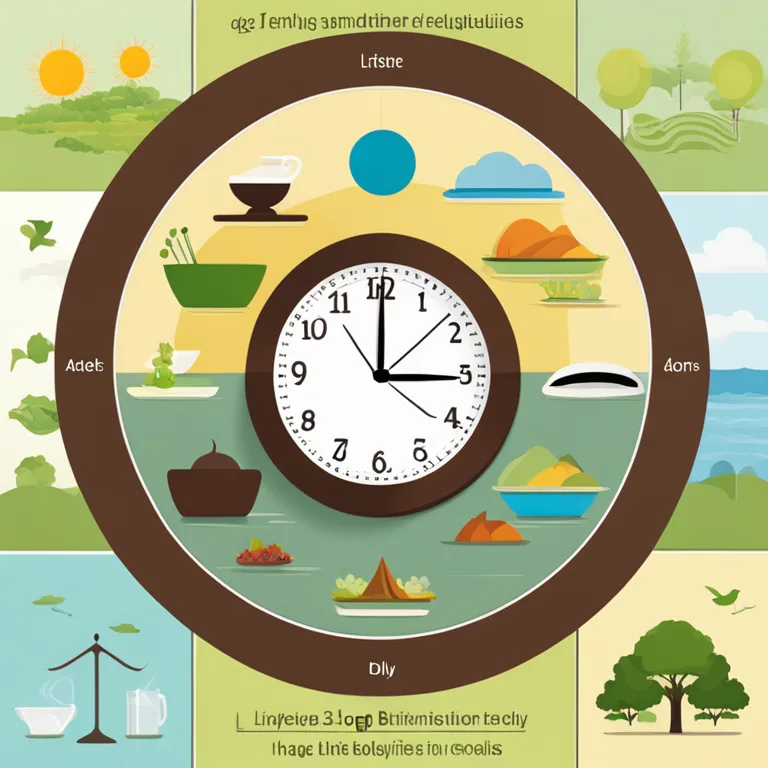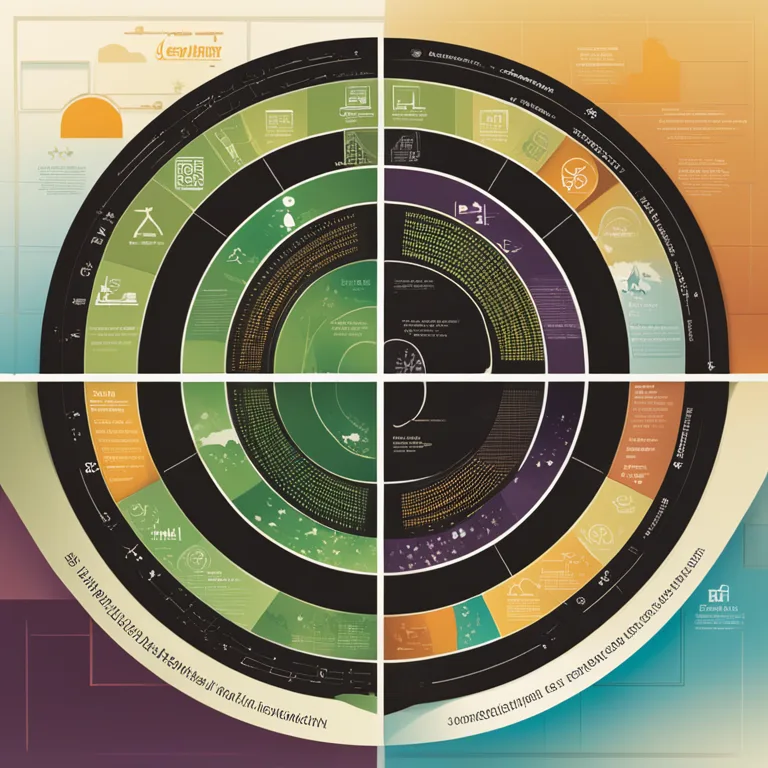
Halting Biorhythm Cycles: A Comprehensive Guide
Discover effective methods to pause and recalibrate your natural biorhythm cycles for improved well-being and harmony in your daily life.
article by Adrian Wallace
Biorhythms: An Introduction
Understanding the concept of biorhythms is the first step in learning how to manage them. Biorhythms are the natural cycles that our bodies follow, believed to affect our physical, emotional, and intellectual states. They are ubiquitous, innate processes that we often overlook, but they can have significant effects on our daily functioning and overall health. Throughout history, civilizations have observed that life seems to move in patterns, and in the modern context, biorhythms are taken to describe these oscillations. Despite the skepticism of some scientific circles, many people integrate biorhythm analysis into their daily routines to optimize performance and well-being.

The Science Behind Biorhythms
Recent studies and technological advancements have shed new light on the science of biorhythms, allowing for greater understanding and potentially more control over these cycles. Research has implicated various biochemical, physiological, and environmental factors in the regulation of our biorhythm cycles. However, the debate continues as to how much control we can exert over these natural rhythms. While it's clear that we can't "stop" biorhythms in the literal sense without altering fundamental biological functions, we can take steps towards managing and aligning them with our desired schedule.

Can We Influence Biorhythms?
The concept of "stopping" biorhythms may not be feasible—or healthy—but we can certainly work on influencing them. The idea is to adjust our external stimuli to encourage our biorhythms to align more closely with our modern lifestyles. This involves understanding the three primary cycles: the 23-day physical, 28-day emotional, and 33-day intellectual cycles. By tracking these patterns using various apps and software available in 2024, individuals can make informed decisions about when to undertake certain activities or rest.

Lifestyle Choices and Biorhythm Regulation
Modifying lifestyle choices plays a vital role in managing your biorhythms. Options include altering sleep patterns, dietary habits, and exercise routines. For example, maintaining a consistent sleep schedule can help regulate your physical cycle, while mindfulness and therapeutic practices like yoga or meditation may stabilize emotional swings. Cognitive exercises and continuous learning can keep the intellectual cycle sharp. These lifestyle adjustments, personalized for individual needs, can create an environment where biorhythms can be more in sync with personal goals and schedules.

Technological Aids in Biorhythm Management
Technology has taken leaps in contributing to biorhythm management. Wearable devices now offer more precise measurements of bodily functions and patterns, giving insights into one's biorhythmic state. In 2024, apps that leverage artificial intelligence can analyze this data and suggest optimal times for activities like working out, socializing, or focusing on complex tasks, based on one's biorhythmic states. These tools, while not stopping biorhythms, enable us to make proactive adjustments that honor our natural rhythms.
Biorhythms and Chronobiology
Chronobiology, the study of biological rhythms and their mechanisms, also plays a part in shaping our understanding of biorhythms. By following the principles of chronobiology, we can learn the best times to perform certain activities. For example, light therapy has been used to reset the body's internal clock, particularly in cases of jet lag or seasonal affective disorder (SAD), indicating the potential to influence biorhythms for better alignment with external time cues and personal preferences.
Published: 12/28/2023
Modified: 12/28/2023
More predictions
Come back here soon to learn more about yourself and your future


Biorhythm Insights: Patterns of Life's Peaks and Valleys
Discover the intriguing concept of biorhythms and see practical examples of how these physiological cycles might influence our daily lives.


Biorhythm Love Compatibility Calculator: A Guide
Discover the secret to harmonious relationships with our Biorhythm Love Compatibility Calculator. Unlock the potential of emotional, physical, and intellectual synch.